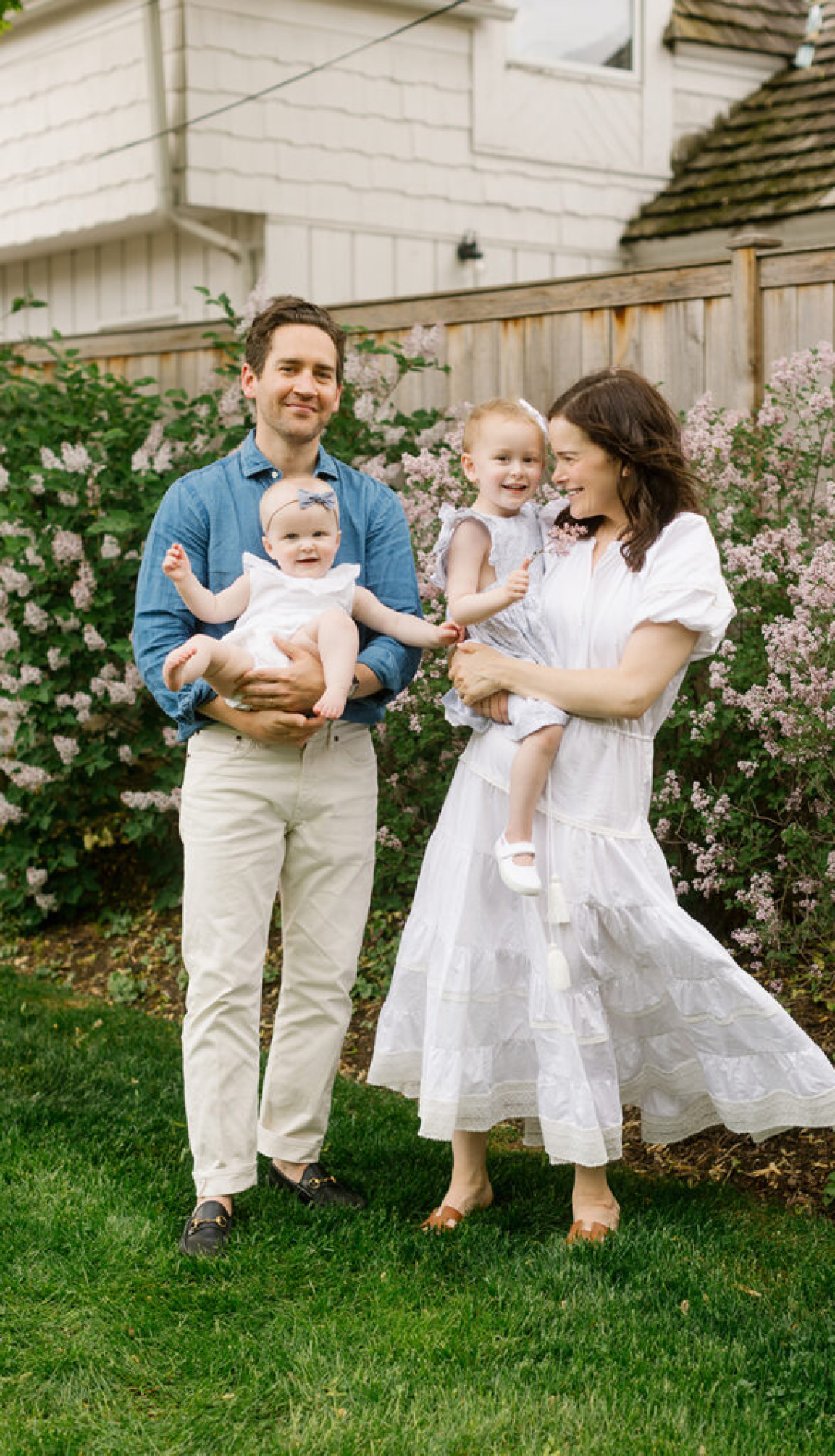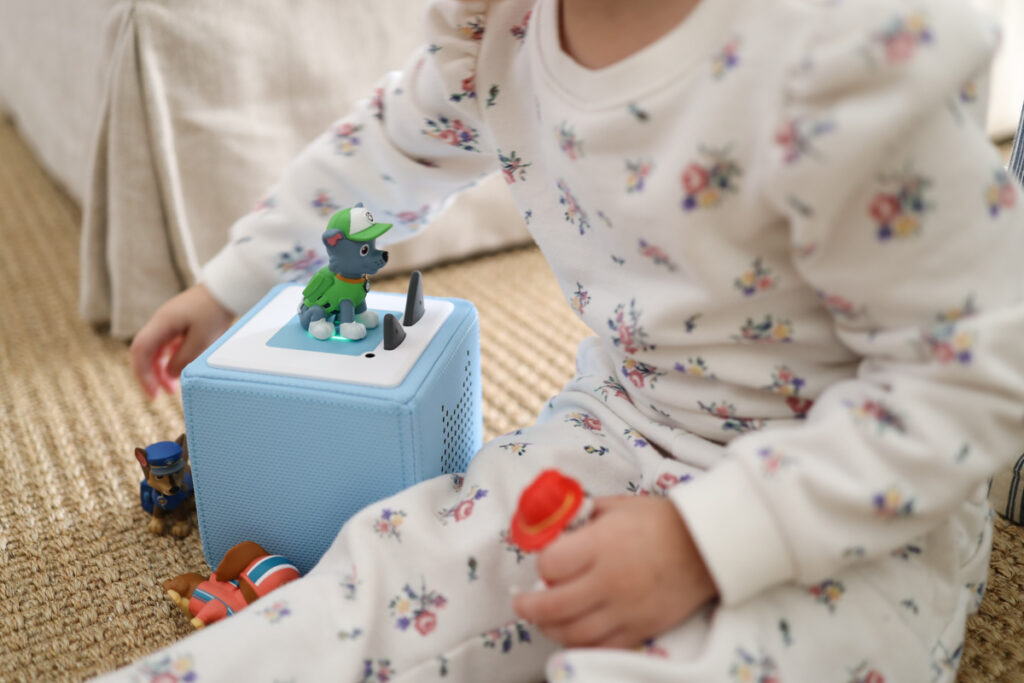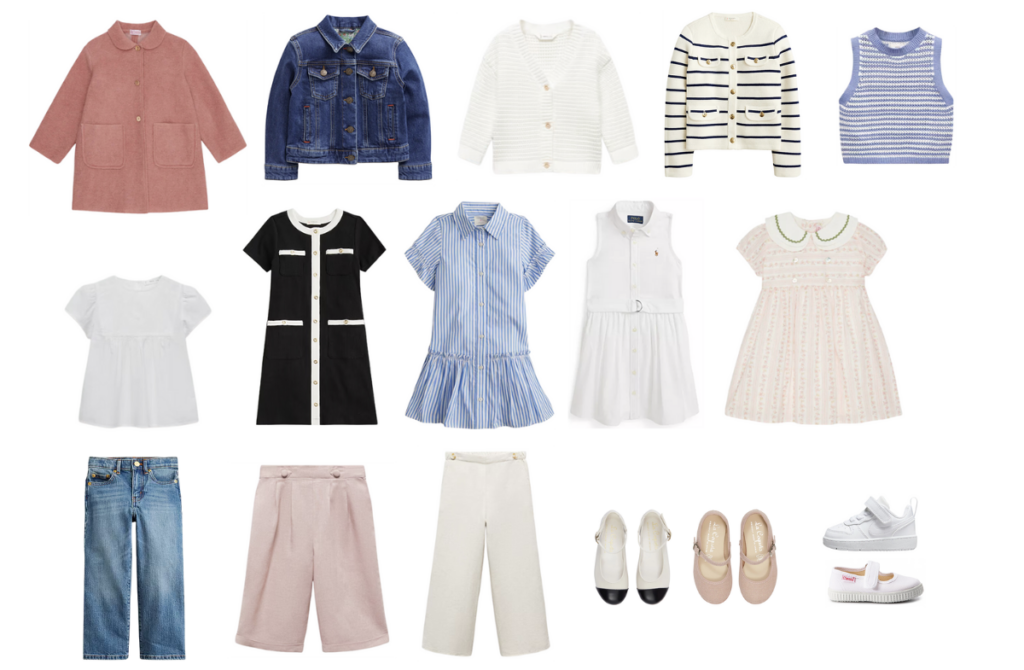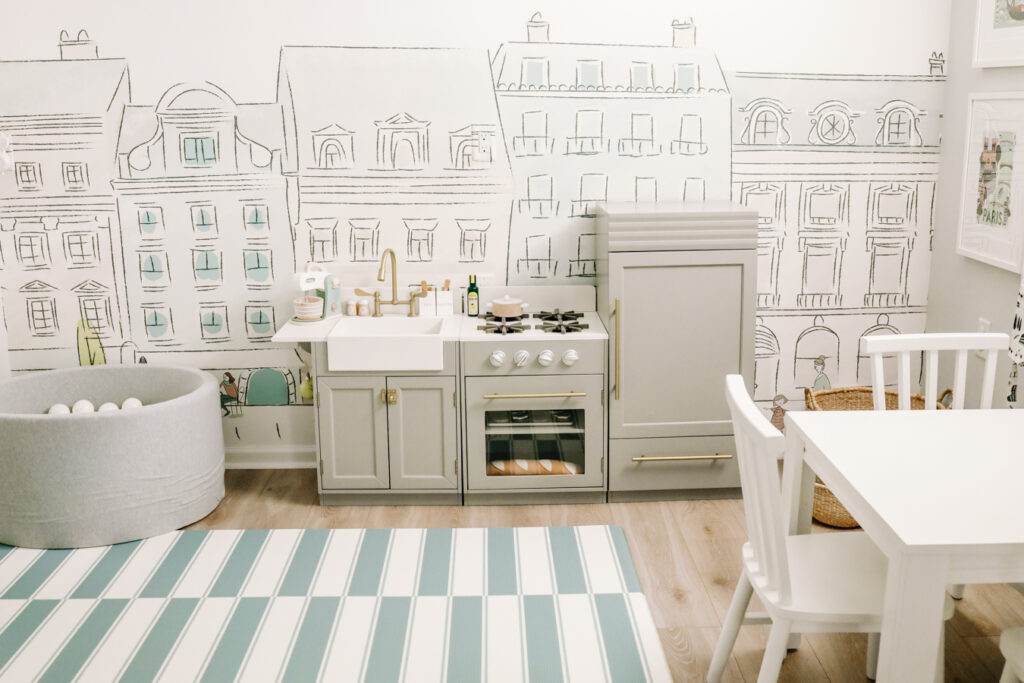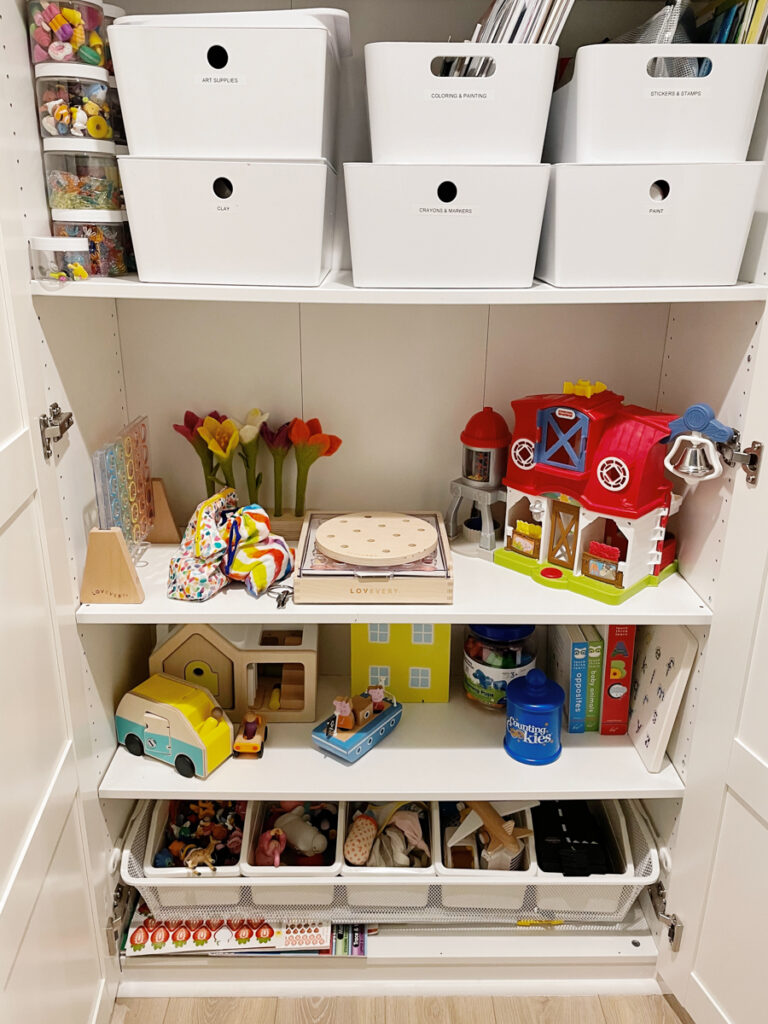Baby and Kids
Toddler Naps and Quiet Time (and Tips From A Sleep Consultant)
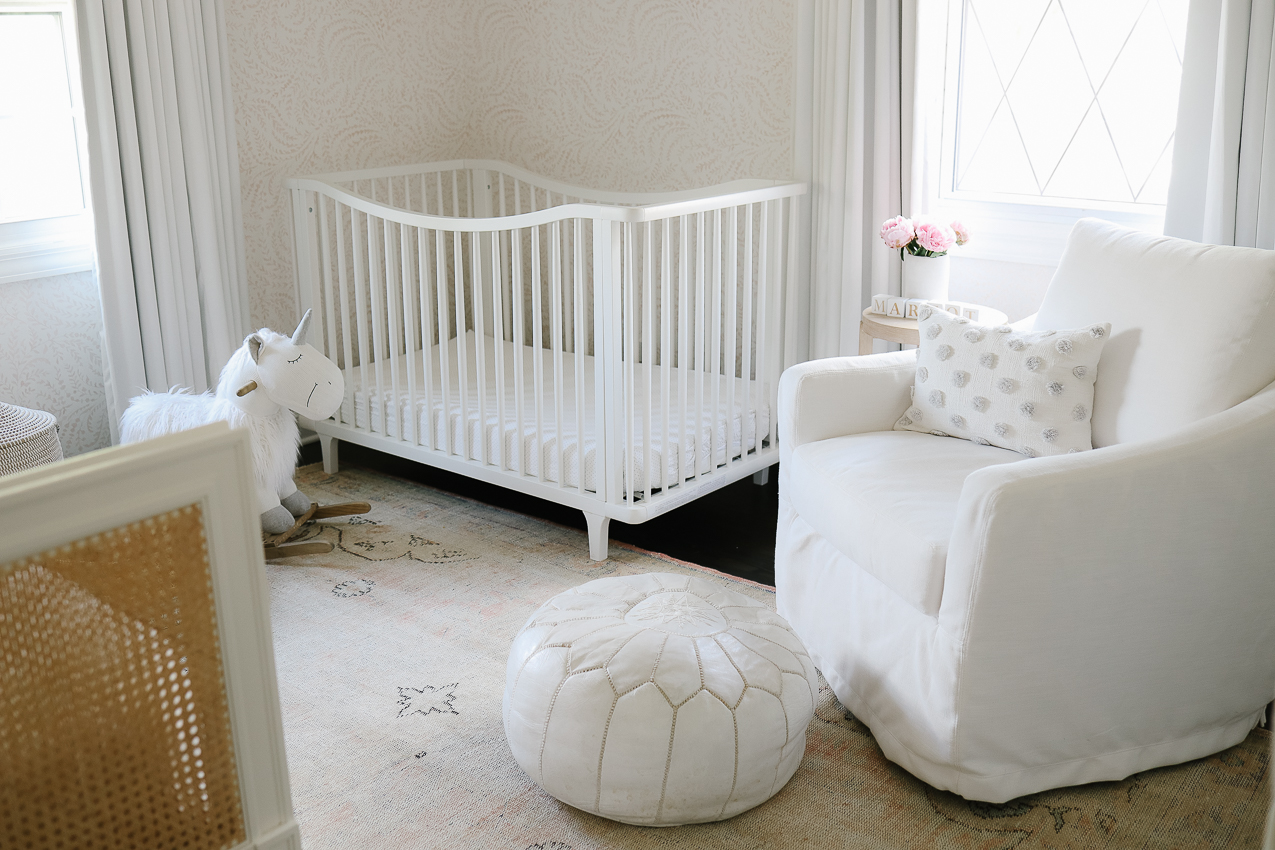
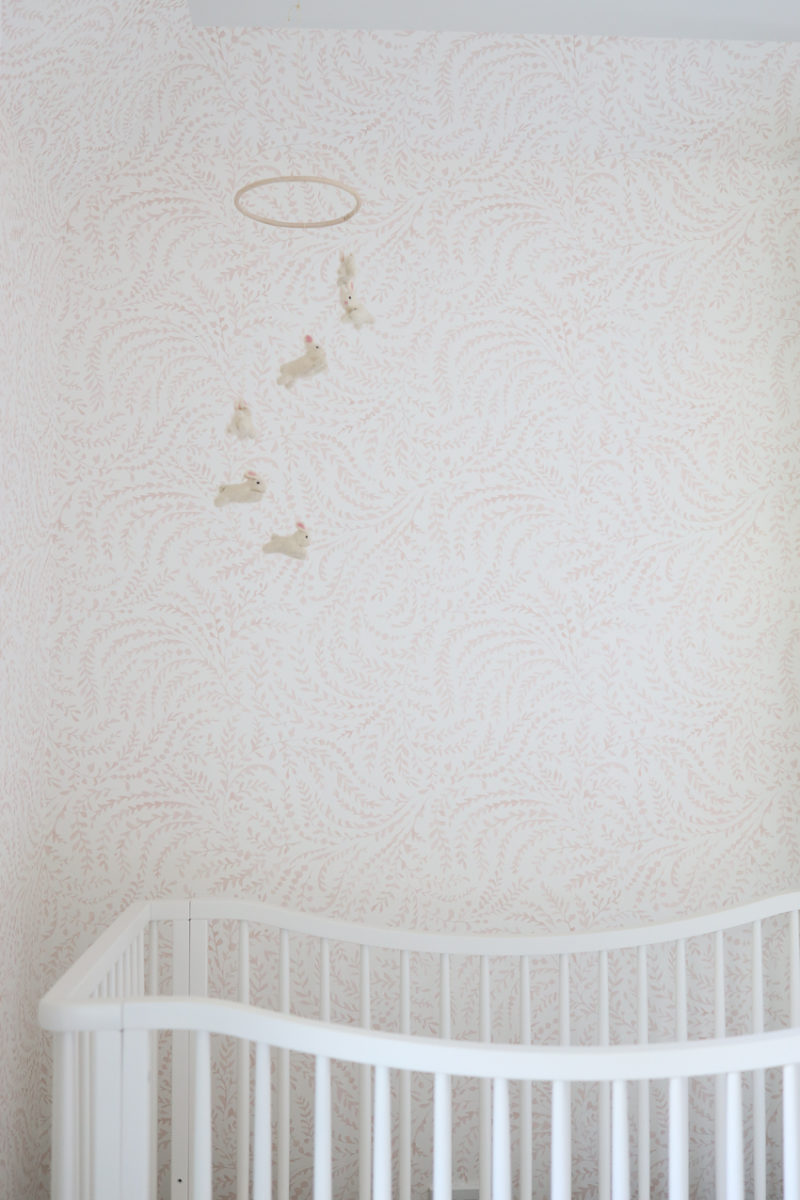
Some people love sleep. My toddler is not one of those people. She would rather stay up, play, and learn – her brain is truly incredible. “Can we play? Is it raining? Is it nighttime? Do you got a robe on? Is your hair dry? Can we go downstairs just for a tiny little bit? Can we choose just one more thing to do?” Just some of the questions she’ll ask before bed. Toddler Naps and Quiet Time (and Tips From A Sleep Consultant).
Toddler Naps and Quiet Time (and Tips From A Sleep Consultant)
When it comes to sleep, we had wildly different experiences with our girls. I’ve hesitated to share this but know it’s something many parents go through. Margot did sleep through the night for almost a year and she has pretty much always hated naps. In fact, at three, Margot still wakes up a few nights a week, but it’s something we’re working on with Michele of Peaceful Littles. Bedtime is already so much easier thanks to Michele. Meanwhile, Kate goes down pretty easily and has been sleeping through the night for the last eight months. If I’ve learned anything as a mom, it’s that you can do everything “right” but in the end, we can’t always control the outcome, especially when it comes to sleep. But there are things you can do to make it better, and I honestly wish I had found Michele sooner.
Here’s how we got our toddler to embrace quiet times and toddler naps.
I wanted to share what worked for us along with some tips from our sleep consultant. I took a sleep course and after having two babies, realized that there is not a “one size fits all” approach. Michele had me share what was most important to us. She wanted to work with us to find an approach that felt comfortable for me as a mom. And she shared strategies that I could implement if they felt right for my baby.
Right around the time Margot turned two, she hated going in her crib. She would only nap if she was asleep on one of us. Then treatment started and we did everything we could to make sure she felt safe and comfortable. With some trial and error, and tips from Michele of Peaceful Littles, we got Margot to start with “quiet time.” Eventually, just as Michele said she would, it happened. Margot fell asleep. But the fact that she willingly stayed in her crib without screaming. One day, she did the same with her toddler rail up felt like a huge win. When she napped twice during the month of April, I was sure naps were over for us. But she’s back to napping a few days a week.
How we got her to like her crib
In order to get Margot to willingly go in her crib, we started with the shades open and plenty of books to keep her entertained during “quiet time” and most important, emphasized that it was not nap time. This first step = got her comfortable on her own in her crib. A few weeks in, she finally fell asleep. I went from leaving shades open to cracked, to eventually closing them when naps were taking place most days. Slowly but surely, on days she was very tired, I could tell her I needed her to take a nap and she did ok!
Michele suggested keeping things consistent and predictable.
A schedule really helped us. Margot knows that we have lunch at 11:45 and that after lunch, she can play for a little bit, and then it’s time to get in bed. Before nap or bed time, I’ll give Margot a heads up and let her know she can choose one more thing to do before going to sleep. When she seems really tired, I’ll call it nap time and tell her she needs rest. Otherwise, I’ll just have her hang out for an hour.
Tips from my sleep consultant
By age two, nap time should end by 2:30PM
By age three, toddler naps should be capped at one hour of daytime sleep to prevent bedtime resistance, night wakings, or early morning wakings. This was a game-changer for us. Her naps were way too long.
It is beneficial to give your toddler an advanced warning that nap time is approaching, instead of abruptly ending the activity they are enjoying. This will lead to a smoother transition into nap time, with less resistance. As I mentioned earlier, we’ll let Margot know she can choose one more thing to do before nap or bedtime.
A sample nap time routine for a toddler includes:
Going potty (if applicable), putting on pull up/diaper (if applicable), reading 1 book in their room, turning off the lights, turning on the sound machine/OK to wake clock, singing a quick song & tucking him/her in to their crib/bed.
It is helpful to use an “OK to wake clock” for nap time. Explain to your toddler that once the clock turns a different color, nap time is over. We use this – it’s worked wonders for us.
Some toddlers drop their nap as early as 2.5 years old, but it is more common to transition out of naps between 3-5 years old. There might be a period of time where your toddler naps some days and not others (this happened to us) this is normal.
If your toddler is consistently playing through their nap/refusing the nap altogether for 3+ weeks or is napping but is not tired at bedtime, these are signs that they might be ready to transition from nap time to quiet time.
Tips for transitioning from nap time to quiet time:
Start by explaining to your toddler that you are now going to practice quiet time instead of nap time. Have quiet time take place in their room, since this is a familiar calm space and some days they might still decide to doze off for a short nap.
Create a quiet time box that includes activities such as magna tiles or puzzles (think low stimulation). Designate these toys in the box just for quiet time, so they remain special.
Use an OK to wake clock to signal to your little when quiet time is over.
Slowly increase the amount of quiet time to a total of 60 minutes. It is ok if takes a week+ to work up to a total of 60 minutes. You could start off with 20 minutes and add time each day.
If your little is resisting being alone for quiet time, you could start by modeling a quiet time activity with them in their room and slowly fade your presence.
** It is important to remember with these suggestions that toddlers are not robots. If your little is going to bed at night without resistance, waking up at a reasonable hour, and napping for a longer duration than suggested during the day, no need to change. I would consider them to have high sleep needs, and that is more than ok! **
If you have any questions, leave them in the comments below. Michele and I will be happy to help. She also does a Q&A on instagram every Sunday and shares lots of tips, so be sure to follow her.

